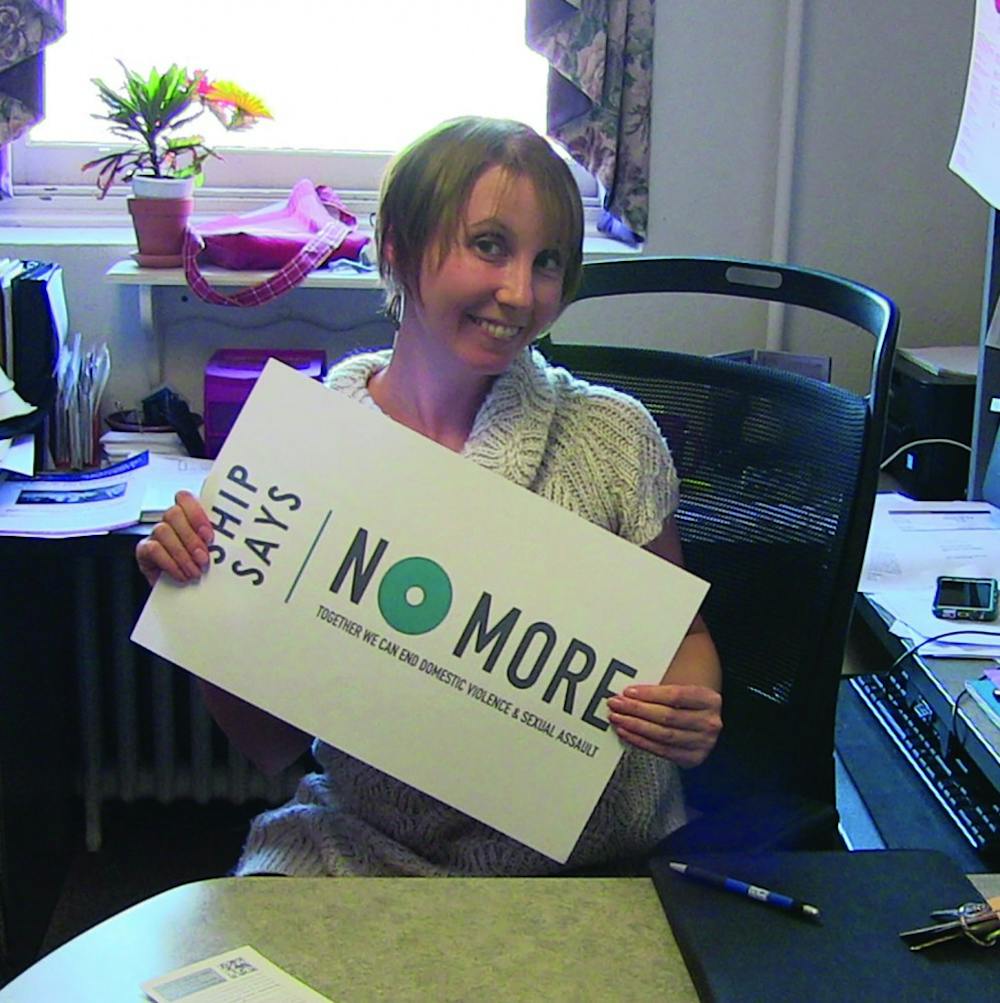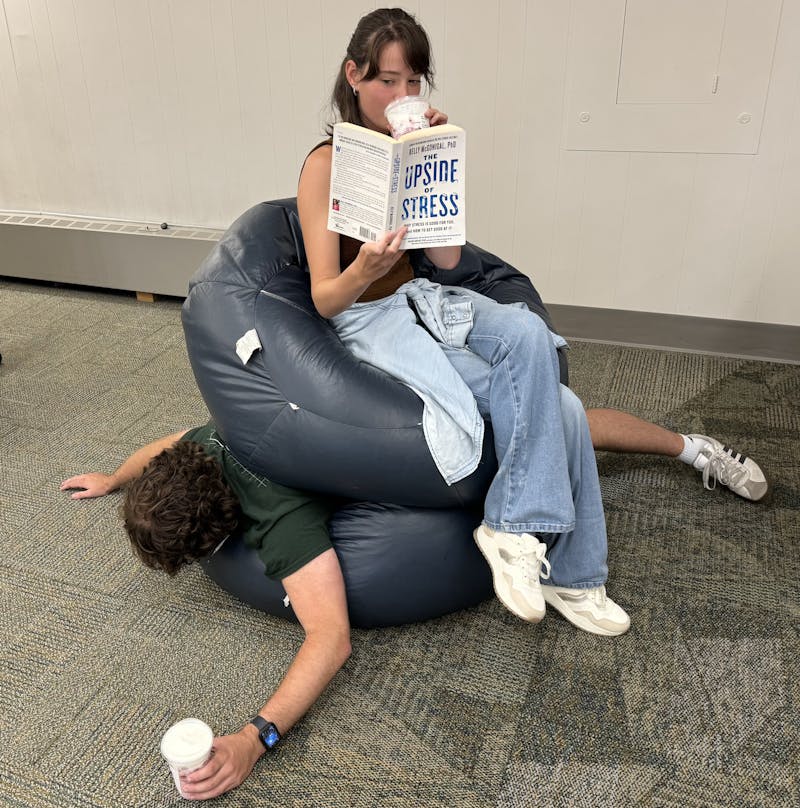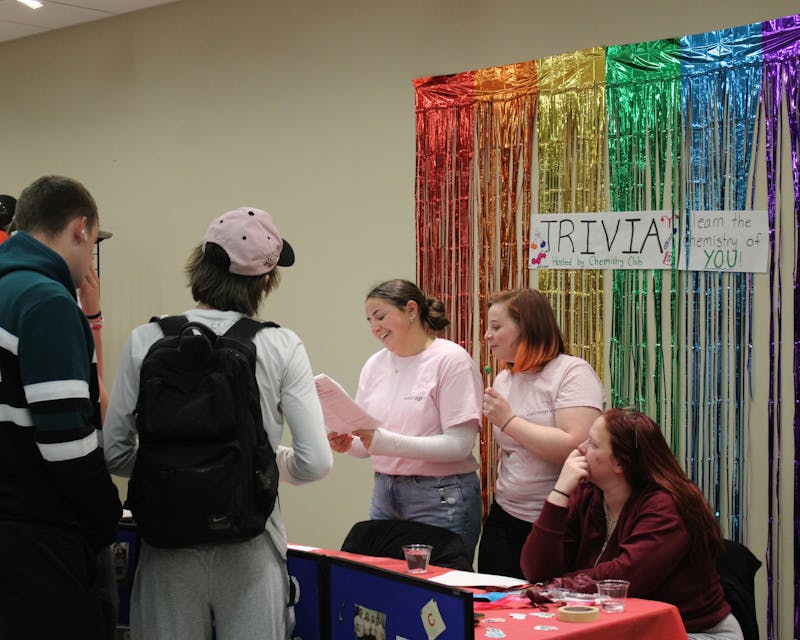Intimate partner abuse is a prevalent issue in today’s society. However, some may not realize just how big an issue it is.
According to the National Coalition Against Domestic Violence (NCADV), “On average, nearly 20 people per minute are physically abused by an intimate partner in the United States.” That translates into more than 10 million victims, both men and women, a year.
Psychologists say that anyone can fall victim to intimate partner abuse or domestic violence.
“It can happen in any race, gender, or culture,” said Dr. Tomoko Grabosky Ph. D., a psychologist at the counseling center at Shippensburg University of Pennsylvania.
Grabosky said studies have shown that although anyone can fall victim to domestic violence or intimate partner abuse, women are more likely to be victimized. People with low self-esteem, those who have been in previously abusive relationships or those who greatly depend either financially or emotionally on their partner often have a harder time removing themselves from their abusive situations.
Domestic abuse and intimate partner abuse are not the same thing. Intimate partner abuse is between two individuals who are romantically involved. Domestic abuse can include abuse of children by parents, violent relationships between siblings or any other dispute within a household.
In order to put an end to intimate partner abuse and domestic violence, people need to be educated and learn the signs of abuse.
There are multiple signs of an abusive relationship. Abusive relationships are about control and dominance of the victim. Abusers use shame, guilt and fear to intimidate their partner in order to maintain control of them, Grabosky said.
Victims of these relationships are often submissive to their partners, ask permission to do things and constantly check in with their partners. Abusers often try to isolate their victims from their family and friends in order to create a dependent relationship, making it harder for their victim to leave.
All couples disagree at some point. In healthy relationships, both sides are heard in a disagreement and the result is often compromise.
If there are all these indicators that a relationship is unhealthy, it should be clear for a victim to realize they need to leave, right? Wrong. In a perfect world, yes, someone would realize they are being abused, get out of that relationship and move on.
But the world is not perfect and for many victims the decision to leave is not that easy. There are multiple variables to consider for the victim to leave these relationships.
“One of the biggest fears a victims has is the fear of loss and rejection,” said Philip Henry Ph. D., a psychologist at the counseling center at SU.
Victims often tend to make excuses for their abuser and will blame themselves for triggering the abusive actions, according to Henry. Intimate partner abuse is not immediate and obvious at the start of a relationship. It is very subtle and increases over time. The relationships will often start with romance, charm and happiness. Then the abusers will begin to ease their dominance into the relationship. Abusers know how to manipulate their partner to keep their control.
SU joined the “No More” campaign to advocate against abuse and to bring awareness to the college environment. The only way to put an end to abuse is to be educated and take a stand against it.




The Slate welcomes thoughtful discussion on all of our stories, but please keep comments civil and on-topic. Read our full guidelines here.